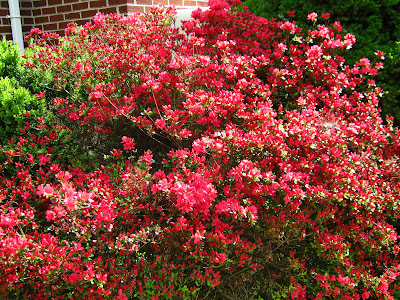I want young people to understand that ours is a beautiful country, but it has been taken over by men who have no respect for human rights or constitutional liberties. Our people are basically decent and caring, and our highest ideals are expressed in the Declaration of Independence, which says that all of us have an equal right to “life, liberty and the pursuit of happiness.” The history of our country, I point out in my book, is a striving, against corporate robber barons and war makers, to make those ideals a reality — and all of us, of whatever age, can find immense satisfaction in becoming part of that.*
Last, I want to mention two novels that I have recently loved. Almanac of the Dead by Leslie Marmon Silko and Shadow Tag by Louise Erdrich. There are the obvious similarities - both written by Native American women, both unrelentingly dark and both pulsing with the aftermath of the European theft of the Americas, but the differences are worth noting as well. Almanac is truly an epic, while Shadow Tag is gaunt and sparse. Where Almanac is fantastical, Shadow Tag is grittily, brutally real. As the reviews surely point out, neither book is for everyone, but for me, they are two of the best I've read lately, and perhaps in the case of Almanac, ever. (Bear in mind though that I love Wolfe and Bukowski and Garcia Marquez and Fuentes, and that magical realism will never ever be a dirty word in my house...)
*Roll your mouse over the Zinn quote and you'll discover all of the people he mentions, plus the Declaration of Independence and the Filipino massacre are all linked to the appropriate Wikipedia article - just in case you want to brush up on your history right here and now!












 The house above is on the market - wonder why?
The house above is on the market - wonder why? 








